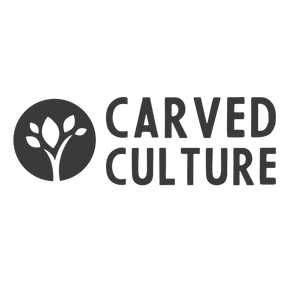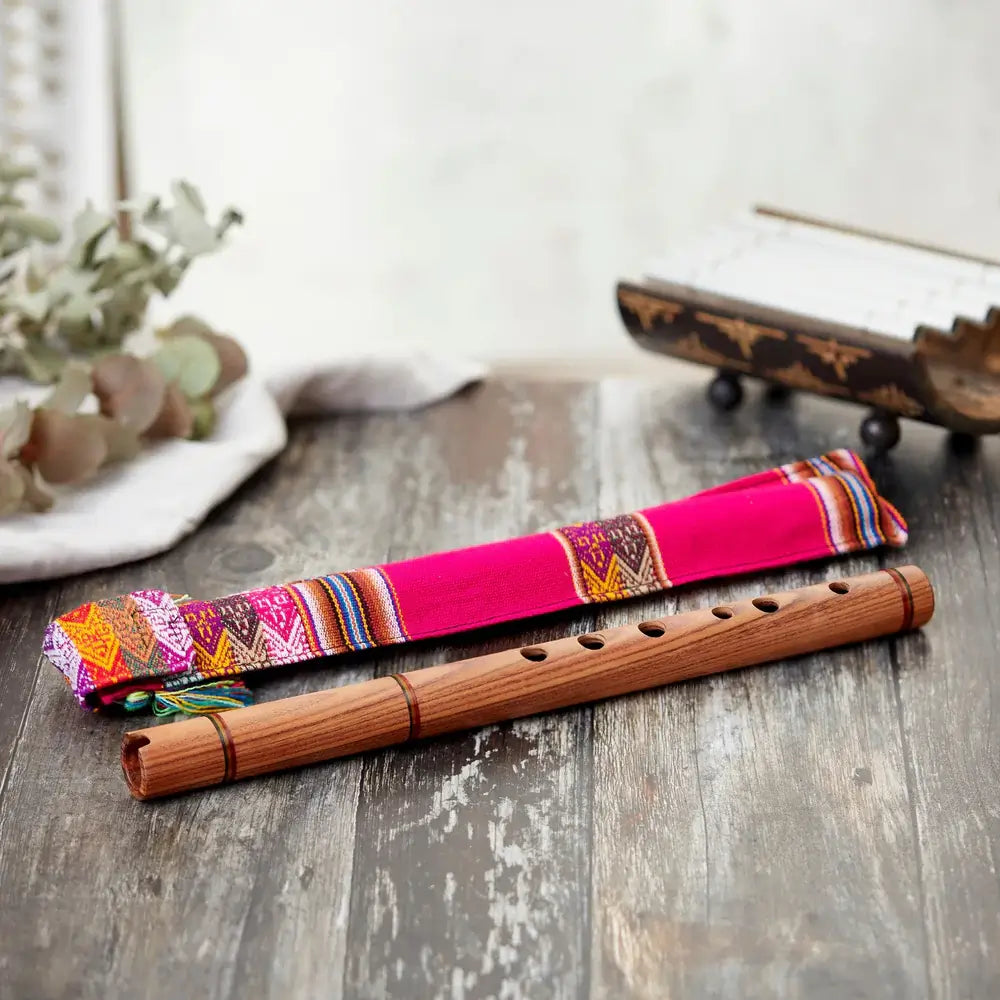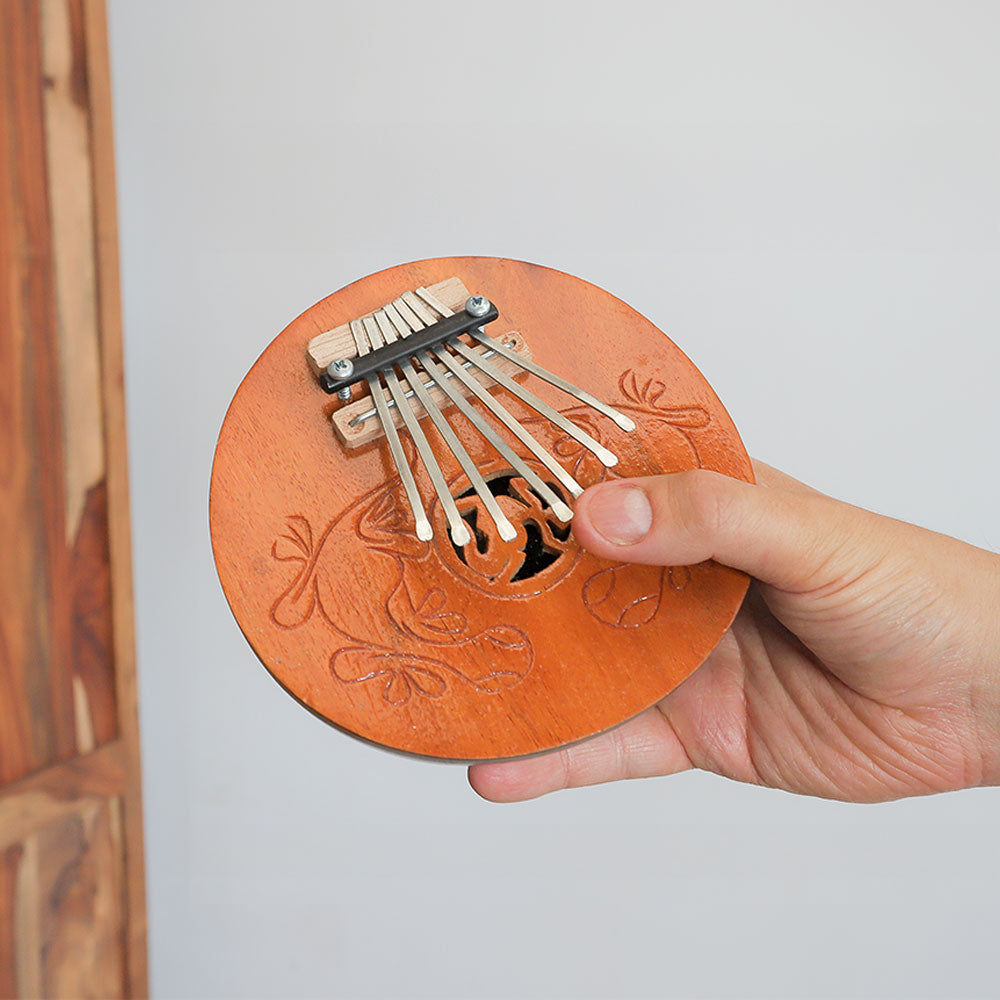Music licensing is how artists, producers, and businesses legally use music while ensuring the creators get paid. Whether you’re making songs, using them in videos, or performing them live, understanding licensing is essential to protect your work and avoid legal trouble. Here’s a clear breakdown of how it all works, who’s involved, and how to start making money from your music rights.
Types of Music Licenses
There are four main types of music licenses every artist should understand. A mechanical license lets others reproduce your composition—on CDs, vinyl, or downloads—and earns you royalties each time it’s sold or copied. A performance license covers when your music is played publicly on radio, TV, at venues, or through streaming, with royalties collected and distributed by PROs like ASCAP, BMI, or PRS.
A synchronization (sync) license allows your song to be paired with visual media such as films, ads, or YouTube videos and is often one of the most profitable licensing types. Finally, a master license gives permission to use your exact recording, usually alongside a sync license, since one covers the composition and the other the sound recording.
How the Licensing Process Works
The licensing process starts the moment you create music—you automatically own the copyright. When someone wants to use your song, such as a filmmaker, brand, or label, they must request permission from you, your publisher, or your PRO.
You then negotiate the usage terms, including how long it will run, where it will appear, and the fee. Once the agreement is signed and paid for, they gain legal permission to use your music. Each use—whether on radio, in a film, or as background in a store—becomes a source of royalties and long-term income.
Why Licensing Matters for Musicians
Music licensing matters because it protects your creative rights, ensures you get paid, and helps your career grow long after a song’s release. By controlling who can use your music and under what terms, you maintain ownership while generating income from downloads, streams, radio play, and sync deals. Licensed placements in films, commercials, and games not only pay well but also expose your work to new listeners, building long-term value as your catalog keeps earning over time.
How to Get Started as an Independent Artist
To start earning from your music as an independent artist, first register with a Performance Rights Organization (ASCAP, BMI, PRS, or SOCAN) to collect royalties when your songs are played publicly. Use distributors like DistroKid, TuneCore, or CD Baby to manage sales and streaming income, and pair that with publishing services such as Songtrust or Sentric to capture mechanical and sync royalties worldwide.
Keep your catalog organized with complete metadata—song titles, writers, ISRC codes, and ownership splits—to prevent lost payments. Finally, explore licensing platforms like Musicbed, AudioJungle, or Epidemic Sound to get your tracks placed in films, ads, and online content, turning exposure into steady revenue.
Music licensing transforms creativity into income. By registering your songs, managing your rights, and understanding each license type, you ensure every use of your work pays you fairly. It’s not just legal protection—it’s the foundation of a sustainable music career.






